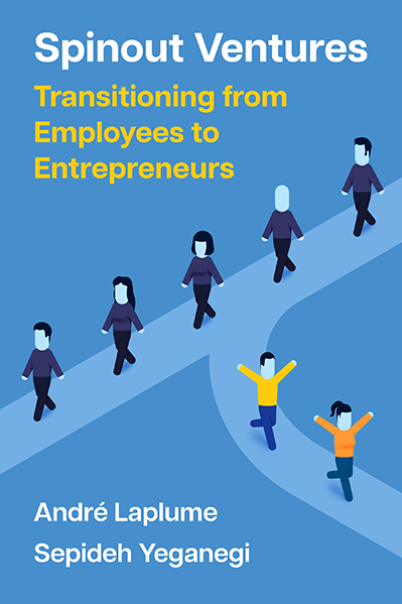Social entrepreneurship
The concept of social entrepreneurship is relatively new and may not be thought of as a theory. It is more like a domain or niche phenomenon that may deserve attention. According to Dees (2017), social entrepreneurship has largely emerged out of discontent with the performance of government and charitable organizations in tackling social problems. Governments are often underfunded, ineffective, and too political to do what is right for all. Charities are busy fighting for funds and justifying their existence and many successful such organizations use many of their donors funds for internal development purposes. If governments and charities would be more effective at tackling poverty, health issues, and inequality, then there would not be a need for social entrepreneurs to try to pick up the slack. This is also a core idea in the stakeholder theory of entrepreneurship . Social entrepreneurs bring market logic and business acumen to bear in combating social problems. They are chan...
